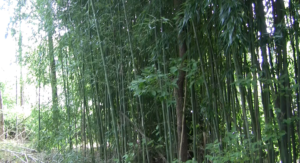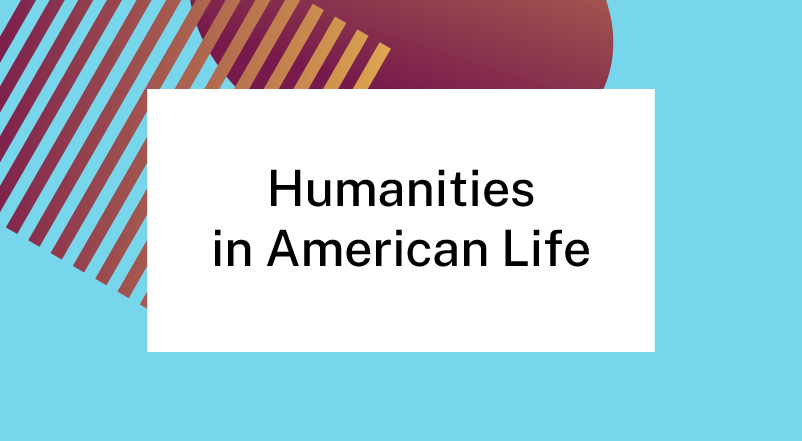Ethics and Ecosystems with Delaware Humanities
by Sydney Boyd, project manager, Humanities in American Life
What’s the difference between an invasive and non-native species? That very beautiful Spotted Lanternfly I saw on a hike last week—is that really as big a problem as everyone says it is?
 On April 28, I gathered virtually with other curious listeners to watch and discuss Delaware Humanities’ Invasive Species Film, an 11-minute dive into questions like these with Natural Resources Agent Blake Moore and Environmental Humanities Program Facilitator Lisa Dill. The film followed Moore and Dill on a walk—Moore gesturing to vines, brambles, and bamboo along the trail that blanketed the landscape in a great green takeover.
On April 28, I gathered virtually with other curious listeners to watch and discuss Delaware Humanities’ Invasive Species Film, an 11-minute dive into questions like these with Natural Resources Agent Blake Moore and Environmental Humanities Program Facilitator Lisa Dill. The film followed Moore and Dill on a walk—Moore gesturing to vines, brambles, and bamboo along the trail that blanketed the landscape in a great green takeover.
Stopping at a wall of bamboo, Moore told Dill that bamboo is hardly a nice privacy screen for a yard. Bamboo is a rhizome, defined by a root structure that snakes its way across the land horizontally and shoots up new plants, effectively seizing large chunks of land while trampling anything in its way, including your foundation and plumbing. The trail Moore and Dill were standing on had in fact recently been moved because bamboo roots had grown under it and pushed up, causing a safety hazard. To fix it, Moore said, they had built a barrier between the trail and the bamboo that extended at least three feet underground to prevent the roots from doing the same thing again.
Bamboo is an invasive species, defined as any living thing that is not native to an ecosystem and causes damage, not to be confused with an exotic species, which is also not native to an ecosystem but isn’t harmful to whatever landscape it finds itself in. A non-native species, Moore said, is a plant living outside of its native ecosystem, like the Southern Magnolia tree, which is native to the United States but not native to Delaware.
Before the event, Delaware Humanities sent out two readings and an invasive species bingo card featuring plants and animals like English ivy, Garlic mustard, Nutria, and the Spotted Lanternfly, an insect with delicate ivory and red wings speckled with black spots. When I saw it, I thought it was a charming little bug—what trouble could such a pretty, tiny thing cause?—until Moore explained that the flies prey on more than 70 species of plants by puncturing the bark or stem and excreting honey dew. The punctured plants sustain significant stress that can cause them to die, and the honey dew attracts wasps and other insects and collects in clumps that develop into sooty mold, setting off a domino effect of rippling consequences for the local ecosystem.
As the post-film discussion moved from learning about our immediate ecosystems to asking ethical questions and uncovering histories (European starlings, an invasive species, live in America because a Shakespeare fanatic wanted to import all the animals mentioned in Shakespeare’s works!), I was reminded how the humanities help us conceive of the reverberating connection between what we do and where we live. Understanding the environmental footprint I as an individual can leave if I choose to cultivate a meadow of native species in my backyard instead of grow a lawn that will consume gallons of water and likely encourage invasive species to thrive, for example, is an act of thinking about choices I make—learning, inquiring, and caring about how small actions might affect my neighbor next door or whoever lives there 20 years from now.
“You’re not bad because you have all exotic plants in there,” Moore said he tells people when he talks about turning a lawn into a meadow. “This is an alternative, and this is what comes with that alternative—you can support life, you can help connect different habitats by creating that in your yard.”
This post is part of “Humanities in American Life,” an initiative to increase awareness of the importance and use of the humanities in everyday American life.
Photo Credit: Delaware Humanities



